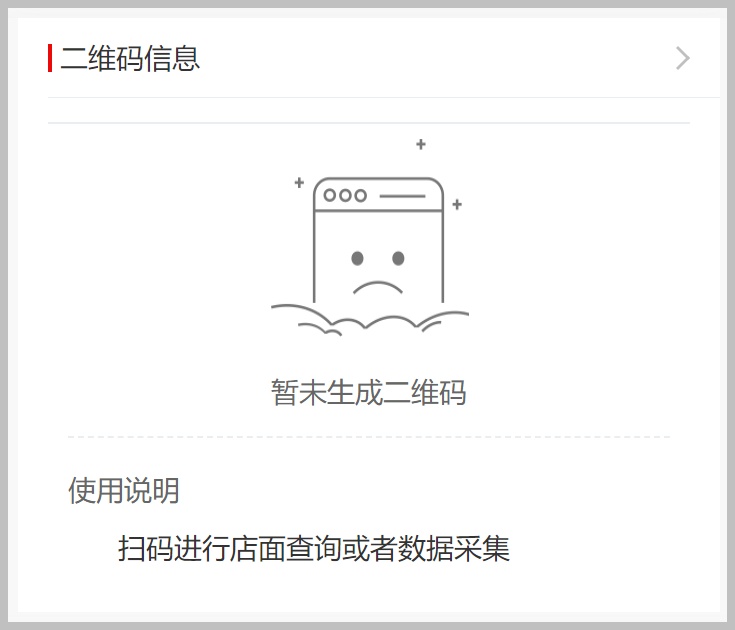【Vue】詳解Vue組件系統(tǒng)
Vue是一款流行的JavaScript框架,它的組件系統(tǒng)是它最重要的特性之一。Vue組件系統(tǒng)允許開(kāi)發(fā)人員將UI界面劃分成獨(dú)立、可重復(fù)使用的組件,從而提高代碼的可維護(hù)性和可重用性。本文將詳細(xì)介紹Vue組件系統(tǒng)的各個(gè)方面。
組件的定義
在Vue中,一個(gè)組件是由一個(gè)Vue實(shí)例構(gòu)成的。組件通常包含一個(gè)模板、一個(gè)腳本和一個(gè)可選的樣式表。定義組件的最簡(jiǎn)單方法是使用Vue.component()方法,它接受兩個(gè)參數(shù):組件名稱(chēng)和組件選項(xiàng)對(duì)象。
javascriptCopy CodeVue.component('my-component', {
template: '<div>My Component</div>',
data: function() {
return {
message: 'Hello World!'
};
}
});上面的代碼定義了一個(gè)名為“my-component”的組件,它包含一個(gè)簡(jiǎn)單的模板和一個(gè)數(shù)據(jù)屬性。組件名稱(chēng)必須以字母開(kāi)頭,并且不能包含連字符(-)。
組件的使用
要在Vue應(yīng)用程序中使用組件,需要將組件注冊(cè)到Vue實(shí)例中。有兩種方法可以注冊(cè)組件:
全局注冊(cè):使用Vue.component()方法在Vue實(shí)例之外定義一個(gè)組件。
局部注冊(cè):在Vue實(shí)例選項(xiàng)對(duì)象中定義一個(gè)組件。
Vue.component('my-component', {
template: '<div>My Component</div>'
}); // 局部注冊(cè)
var vm = new Vue({
el: '#app',
components: {
'my-component': {
template: '<div>My Component</div>'
}
}
});要在模板中使用組件,只需使用組件名稱(chēng)作為HTML標(biāo)記。例如,在上面的示例中,可以使用以下HTML代碼:
htmlCopy Code<div id="app"> <my-component></my-component></div>
組件的通信
在Vue組件系統(tǒng)中,子組件通過(guò)props屬性從父組件接收數(shù)據(jù)。父組件可以在組件標(biāo)記中添加屬性,并在子組件中定義相同名稱(chēng)的props屬性。
Vue.component('my-component', {
props: ['message'],
template: '<div>{{ message }}</div>'
}); // 定義父組件
var vm = new Vue({
el: '#app',
data: {
message: 'Hello World!'
}
});父組件可以通過(guò)屬性傳遞數(shù)據(jù)給子組件,例如:
htmlCopy Code<div id="app"> <my-component :message="message"></my-component></div>
這將把父組件中的“message”數(shù)據(jù)屬性綁定到子組件的props屬性中。
子組件也可以通過(guò)事件向父組件發(fā)送數(shù)據(jù)。在子組件中使用$emit()方法觸發(fā)一個(gè)自定義事件,并在父組件中使用v-on指令監(jiān)聽(tīng)該事件。例如,在子組件中定義一個(gè)點(diǎn)擊事件:
Vue.component('my-component', {
template: '<button @click="onClick">Click Me</button>',
methods: {
onClick: function() {
this.$emit('my-event', 'Hello World!');
}
}
});
var vm = new Vue({
el: '#app',
methods: {
onMyEvent: function(data) {
console.log(data);
}
}
});在父組件中使用v-on指令監(jiān)聽(tīng)該事件:
htmlCopy Code<div id="app"> <my-component @my-event="onMyEvent"></my-component></div>
當(dāng)子組件中的點(diǎn)擊事件被觸發(fā)時(shí),將調(diào)用父組件中的onMyEvent()方法,并傳遞一個(gè)字符串“Hello World!”作為參數(shù)。
總結(jié)
Vue組件系統(tǒng)是Vue框架最重要的特性之一。它提供了一種有效的方式來(lái)劃分UI界面并實(shí)現(xiàn)可重復(fù)使用的組件。在Vue組件系統(tǒng)中,組件通過(guò)props屬性從父組件接收數(shù)據(jù),也可以通過(guò)事件向父組件發(fā)送數(shù)據(jù)。掌握Vue組件系統(tǒng)的各個(gè)方面將幫助你更好地構(gòu)建Vue應(yīng)用程序。
掃描二維碼推送至手機(jī)訪(fǎng)問(wèn)。
版權(quán)聲明:本文由星星博客發(fā)布,如需轉(zhuǎn)載請(qǐng)注明出處。



